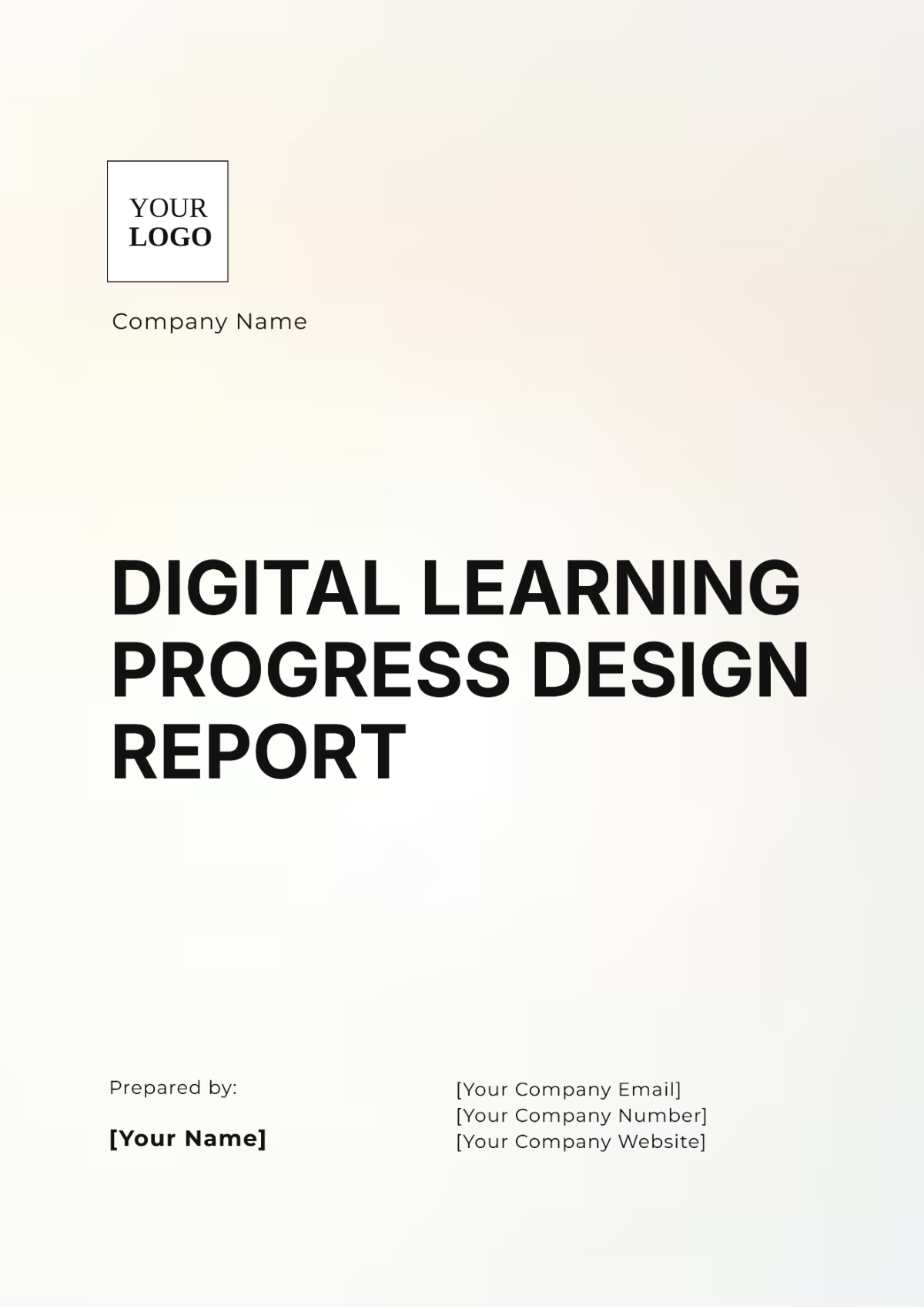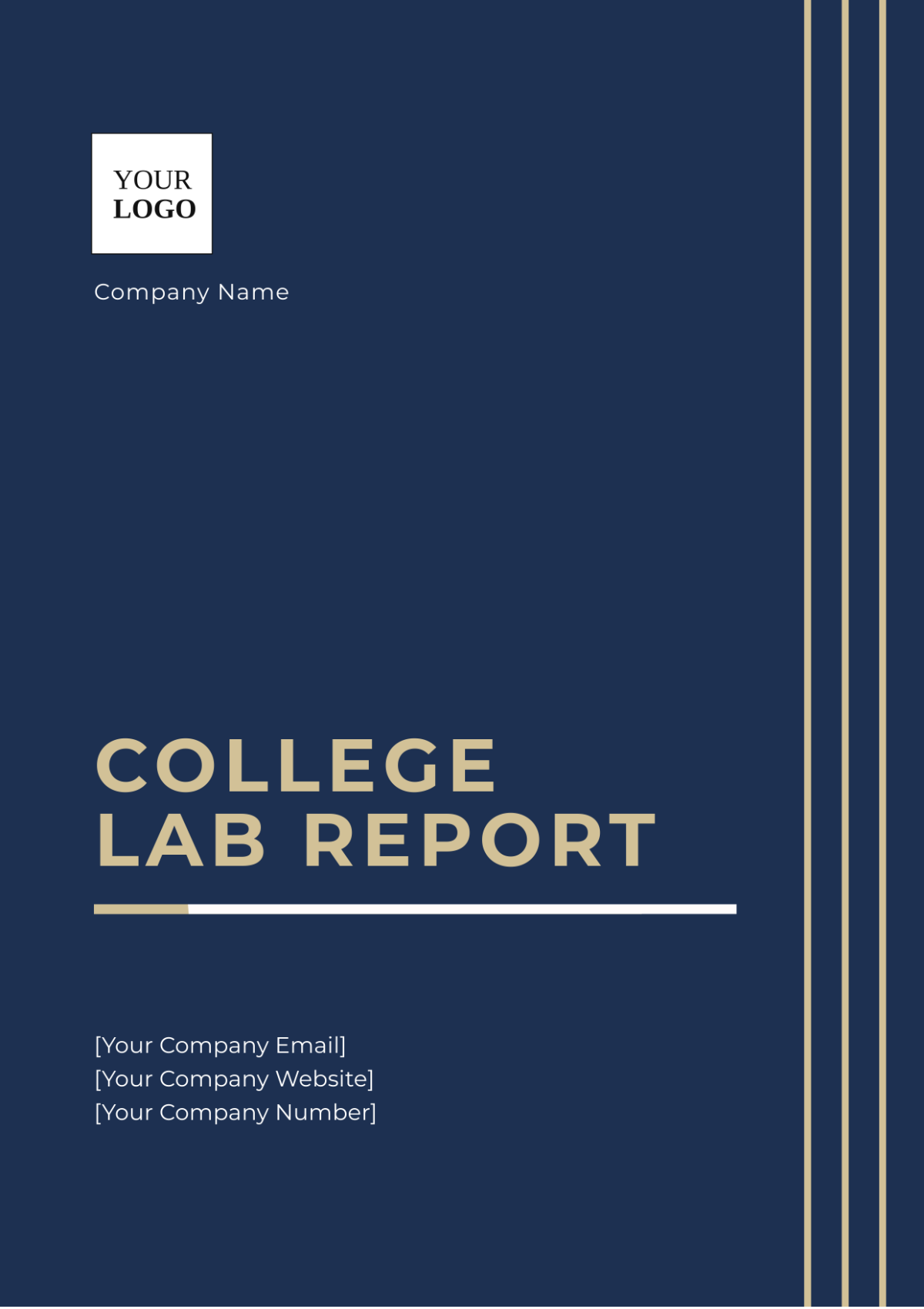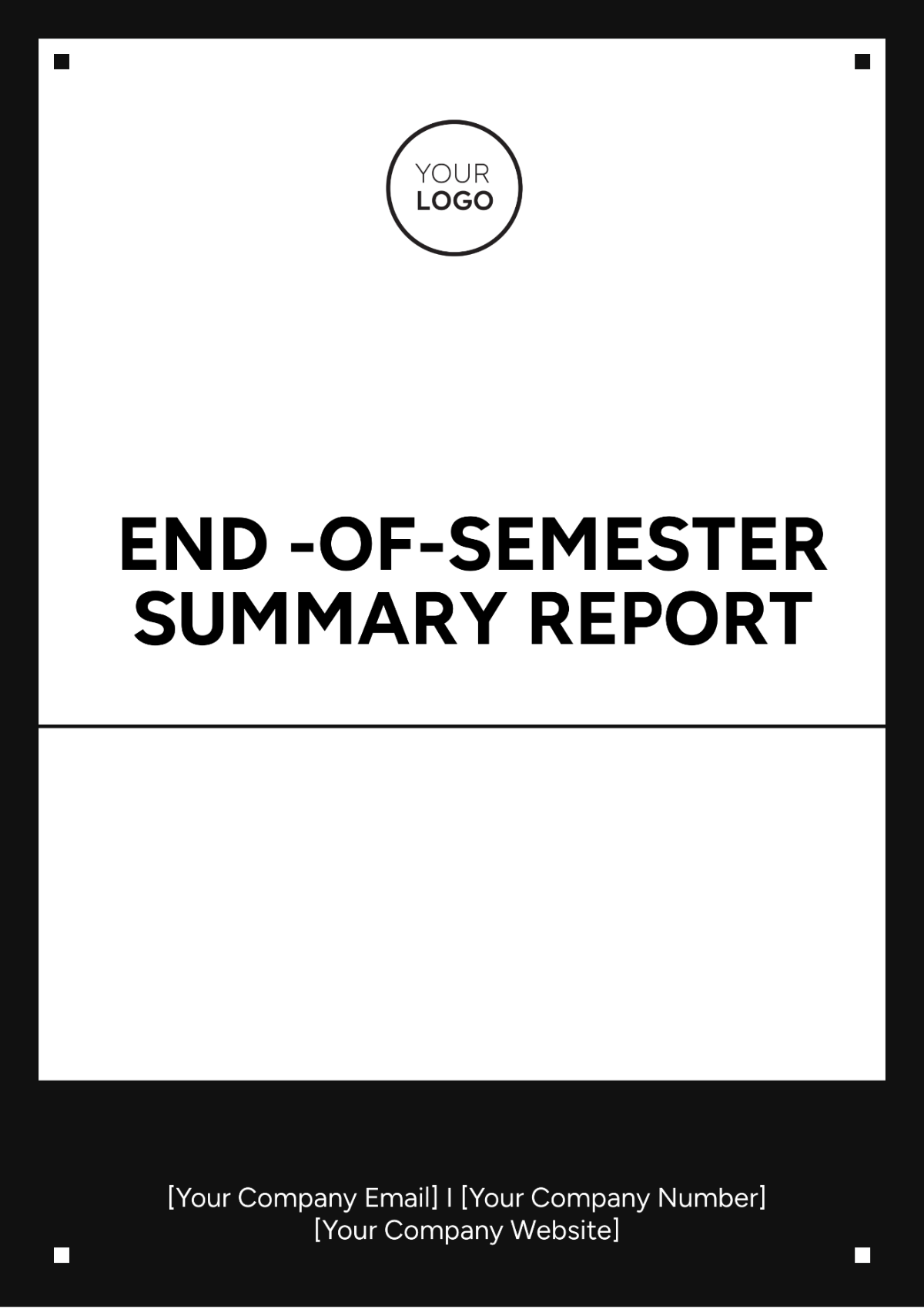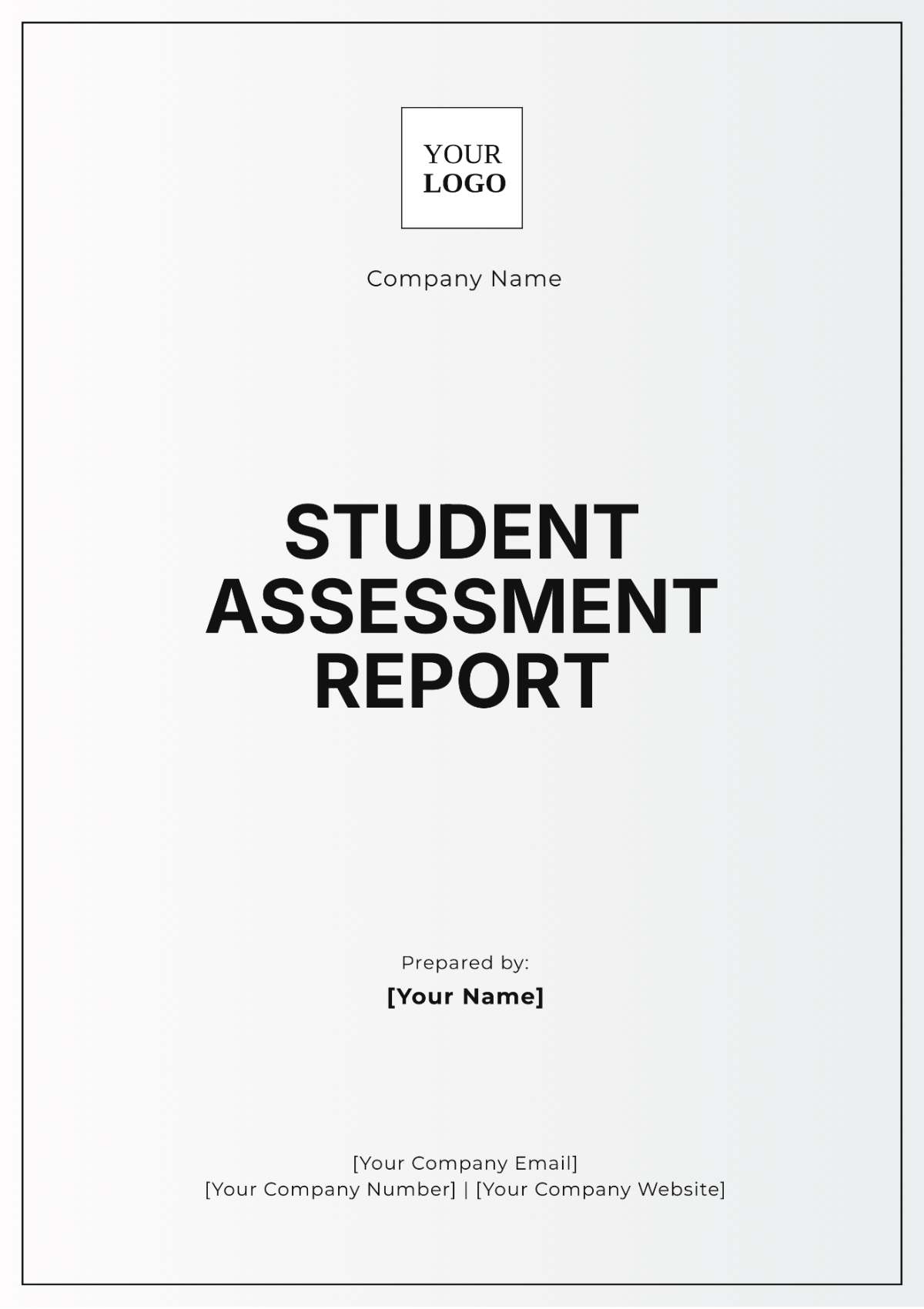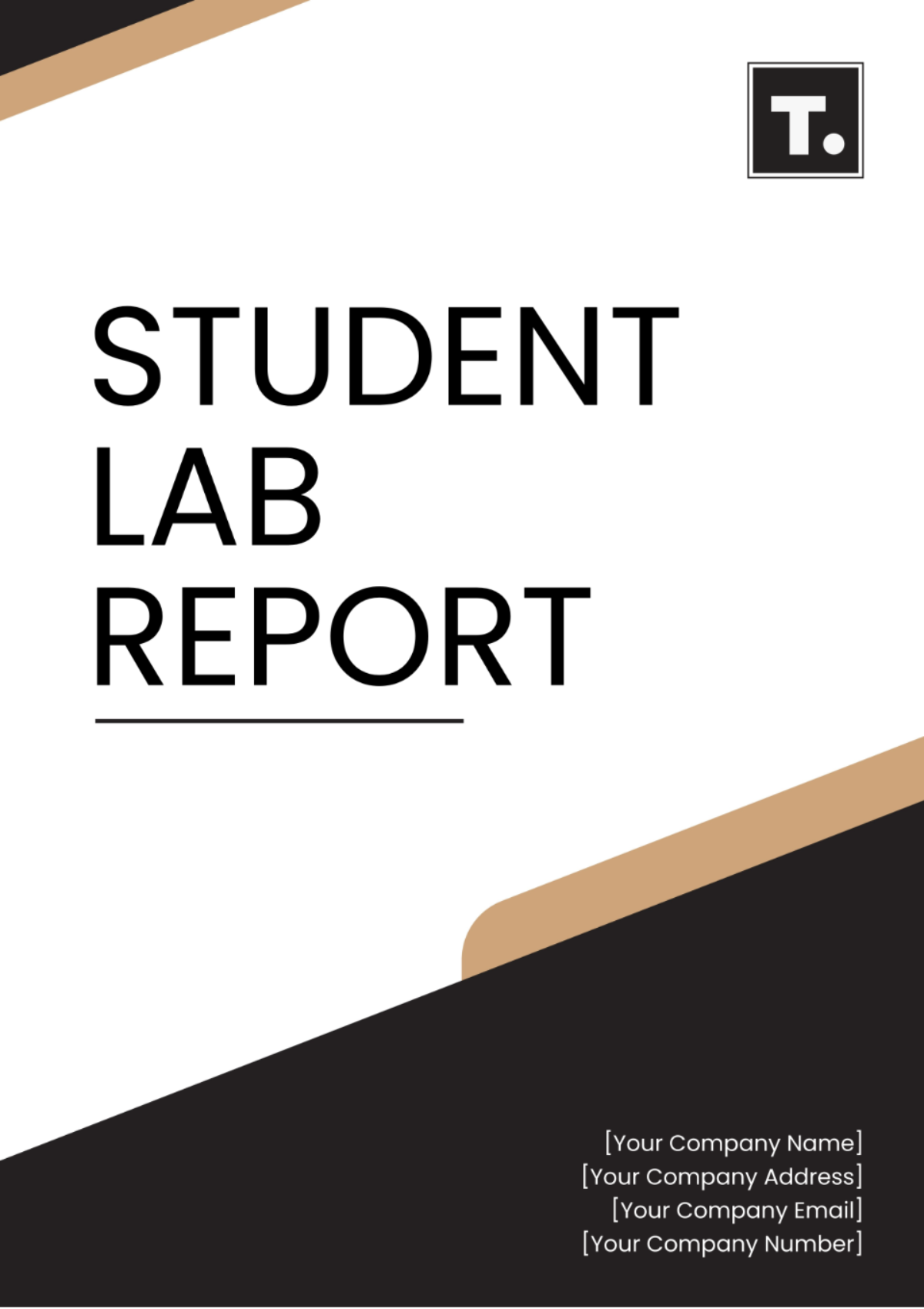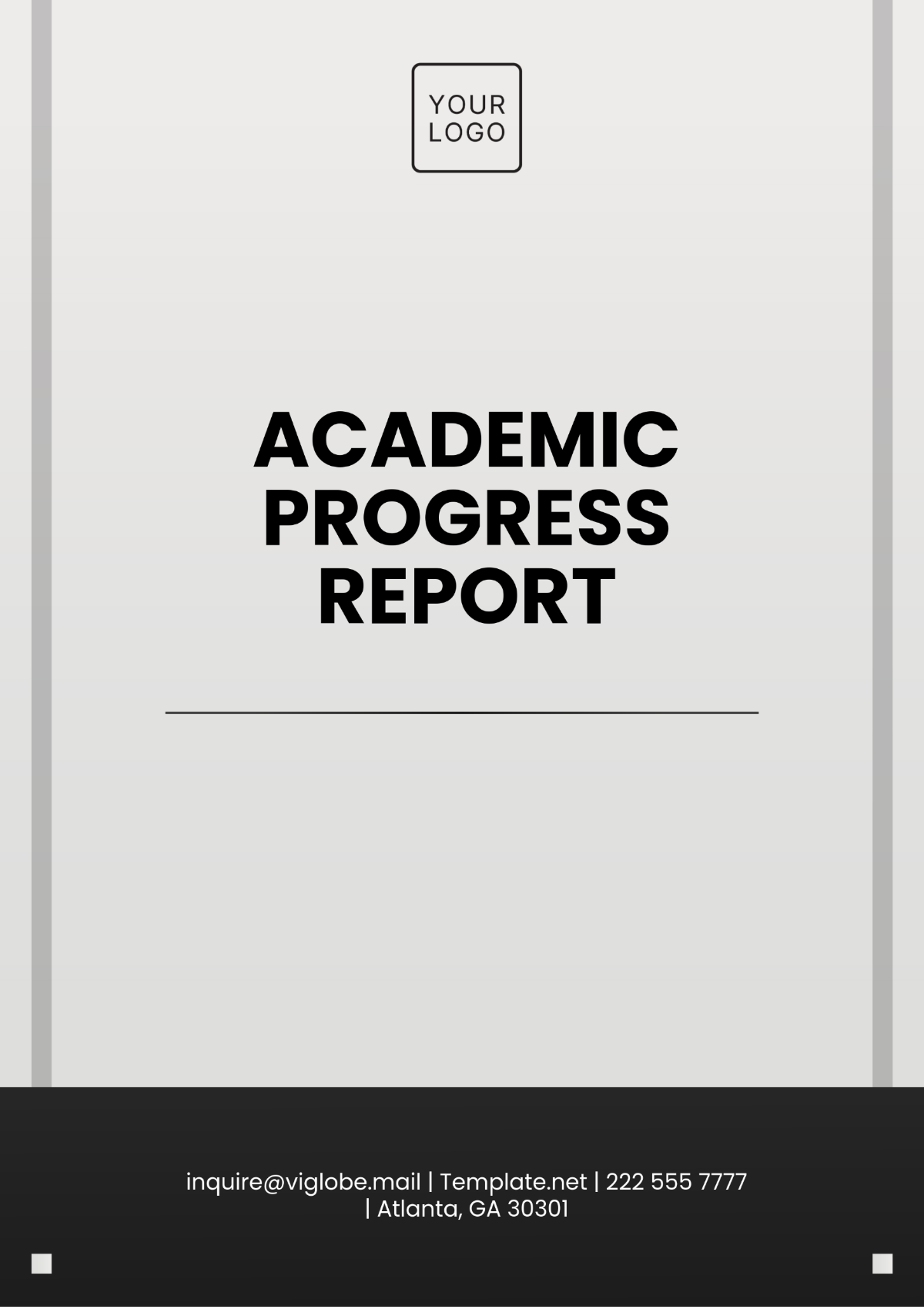Technical Report for Students
Written by: [YOUR NAME]
I. Introduction
In recent years, the global shift towards sustainable energy sources has accelerated, driven by environmental concerns and the need for energy security. This report provides a comprehensive analysis of various renewable energy technologies, their current status, technological advancements, and their potential role in achieving global energy sustainability goals.
II. Methodology
A. Data Collection
Data for this analysis were meticulously gathered from diverse sources, including peer-reviewed academic journals, government publications, industry reports, and data repositories. This multi-source approach ensured comprehensive coverage of the subject matter, encompassing technological, economic, and environmental aspects.
B. Analysis Framework
The analysis framework employed in this study involved a systematic review and comparative assessment of several prominent renewable energy technologies:
Solar Photovoltaic Systems: Evaluation of efficiency improvements, cost trends, and regional adoption patterns.
Wind Turbines: Analysis of technological advancements in turbine design, capacity factors, and economic feasibility.
Biomass Energy: Examination of biomass feedstocks, conversion technologies, and sustainability considerations.
Hydroelectric Power: Review of large-scale hydroelectric projects, environmental impacts, and reservoir management practices.
Emerging Technologies: Exploration of innovative technologies such as tidal, wave, and geothermal energy, focusing on technological readiness and deployment challenges.
III. Results and Findings
A. Solar Photovoltaic Systems
Solar photovoltaic systems have witnessed significant advancements, with improvements in efficiency and reductions in manufacturing costs driving widespread adoption. Case studies from regions like California and Germany highlight successful implementations and lessons learned in integrating solar PV into the energy mix.
B. Wind Turbines
Wind energy continues to be a leading renewable energy source, particularly in regions with favorable wind conditions. Technological innovations, including larger rotor diameters and advanced control systems, have enhanced energy capture efficiency and reduced operational costs. Case studies from wind farms in Texas and Denmark illustrate the scalability and economic viability of wind energy projects.
C. Biomass Energy Technologies
Biomass energy remains a versatile renewable energy source, utilized in both heat and electricity generation across agricultural and industrial sectors. Challenges such as feedstock availability and logistical constraints require innovative solutions for sustainable biomass utilization. Case studies from bioenergy plants in Brazil and Scandinavia provide insights into successful biomass energy projects and their economic impacts.
D. Hydroelectric Power
Hydroelectric power continues to play a crucial role in renewable energy portfolios, offering reliable electricity generation and energy storage capabilities. The report evaluates environmental impacts associated with large-scale hydroelectric projects, along with advancements in turbine technology and reservoir management practices. Case studies from the Three Gorges Dam in China and the Itaipu Dam in Brazil highlight technological innovations and socio-economic impacts.
E. Emerging Technologies
Emerging renewable energy technologies such as tidal and wave energy hold promise for harnessing energy from oceanic resources. Pilot projects and research initiatives are exploring the feasibility and scalability of these technologies, aiming to overcome technical challenges and economic barriers to commercialization. Case studies from pilot projects in Scotland and Portugal showcase technological advancements and lessons learned in harnessing tidal and wave energy.
IV. Discussion
A. Technological Advancements
Ongoing research and development efforts continue to drive technological innovations across all sectors of renewable energy. Emerging technologies such as floating solar farms, enhanced geothermal systems, and advanced energy storage solutions are poised to diversify the renewable energy mix further. The report discusses recent advancements and their potential implications for future energy landscapes.
B. Policy and Economic Considerations
Policy frameworks and economic incentives play a critical role in fostering renewable energy deployment and investment. The report examines successful policy models, including feed-in tariffs, renewable portfolio standards, and carbon pricing mechanisms, that have effectively incentivized renewable energy adoption. Case studies from Denmark’s renewable energy transition and Japan’s feed-in tariff program illustrate effective policy interventions supporting renewable energy transitions.
V. Case Studies
A. SolarCity Project: Scaling Solar Photovoltaics in Urban Settings
Detailed analysis of SolarCity’s initiative to integrate solar photovoltaic systems on urban rooftops, reducing carbon emissions and energy costs while enhancing energy resilience in urban environments.
B. Germany’s Energiewende: Policy-Driven Renewable Energy Expansion
Examination of Germany’s Energiewende policy framework and its impact on renewable energy market expansion, energy security, and economic growth through renewable energy investments.
VI. Conclusion
In conclusion, the analysis underscores the transformative potential of renewable energy technologies in addressing global energy challenges, mitigating climate change impacts, and enhancing energy security. Continued investments in research, policy support, and technological innovation are essential for achieving sustainable energy transitions worldwide.










